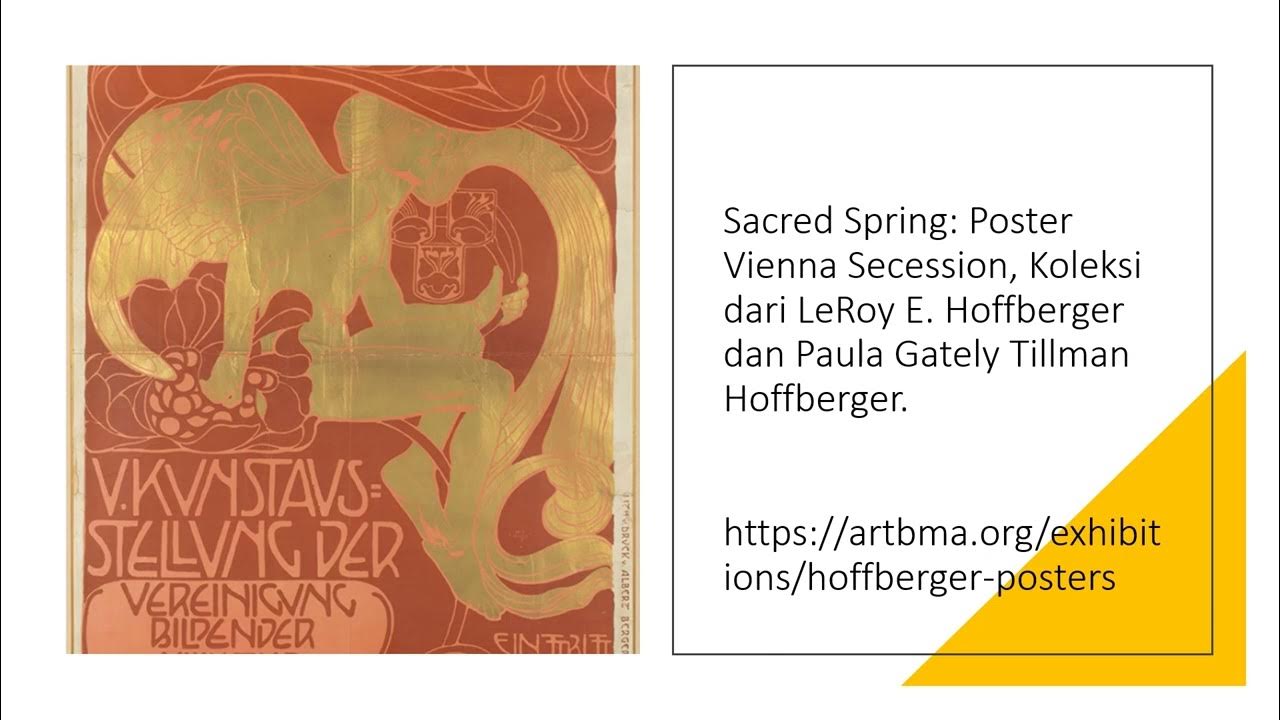"Rīgas Mākslinieku Grupa" Ep10 - Jēkabs Kazaks
Summary
TLDRThe transcript explores the life and artistic journey of Jēkabs Kazaks, a prominent figure in Latvian modernism. It highlights his humble beginnings, education, and the influence of historical events, such as World War I, on his work. Kazaks's artistic evolution is illustrated through his unique interpretation of themes like refugee experiences and national identity. The discussion also touches on his relationships with contemporaries and the broader context of Latvian art movements, emphasizing Kazaks's significance in shaping the nation's cultural landscape during a turbulent period.
Takeaways
- 🎨 Jēkabs Kazaks was born in a poor family in Riga and showed artistic promise from a young age.
- 📚 He studied at the Riga City Art School under notable mentors, which shaped his artistic development.
- 🌍 Kazaks was influenced by the turbulent historical context of World War I and its impact on Latvian society.
- 👥 He was connected with other prominent artists, including Kārlis Baltgailis and Andre Derain, fostering a collaborative artistic environment.
- 🖼️ His painting 'Bēgļi' (Refugees) symbolizes the struggles faced by the Latvian people during wartime displacement.
- 🆕 Kazaks' style reflects a blend of expressionism and personal interpretation, contributing to the modernist movement in Latvia.
- 🎭 The emergence of avant-garde art during Kazaks' time was met with resistance from traditionalists in the art community.
- 💼 Despite challenges in gaining recognition, Kazaks played a crucial role in promoting Latvian identity through art.
- 📅 The Riga Group's first exhibition in 1920 marked a significant moment for modern Latvian art, receiving positive responses from the public and critics.
- 🕊️ Kazaks' legacy endures as a testament to the importance of individual expression and the evolution of national art amidst historical challenges.
Q & A
Who was Jēkabs Kazaks, and what distinguished his background?
-Jēkabs Kazaks was a prominent Latvian artist born in Riga to a poor family, specifically the son of a janitor. His urban upbringing contributed to his innovative and modern artistic style.
What were some key influences on Kazaks' artistic development?
-Kazaks was influenced by his education at the Real School, where he developed a passion for self-education and modern art. He also studied at the Rīga City Art School under Wilhelm Purvītis and was inspired by French artists like André Derain.
How did the political context of World War I affect Kazaks and his work?
-During World War I, Kazaks experienced hardship as the war disrupted his education and life in Riga. He relocated to Penza to continue his studies and was deeply affected by the experiences of refugees, which became a recurring theme in his art.
What themes were prevalent in Kazaks' artwork?
-Kazaks often depicted themes related to war, such as refugees and soldiers, reflecting the struggles of the Latvian people during and after World War I.
In what way did Kazaks' style evolve over his career?
-Kazaks' style evolved to incorporate elements of modernism, characterized by expressive color use and form simplification. His later works showed a departure from traditional styles to embrace more innovative and individual expressions.
What was the significance of the Rīga Group's first exhibition in 1920?
-The first exhibition of the Rīga Group was a pivotal moment for Latvian modern art, receiving positive attention from the public and critics. It marked a significant recognition of modernist artists in Latvia.
How did Kazaks' relationships with other artists impact his career?
-Kazaks formed close ties with contemporary artists like Kārlis Baltgailis and Romans Suta, collaborating and exchanging ideas, which enriched his artistic perspective and visibility in the art community.
What role did self-portraits play in Kazaks' body of work?
-Self-portraits were a significant part of Kazaks' work, showcasing his confidence and individuality as an artist. They often reflected his emotional state and personal journey.
What were the challenges Kazaks faced within the Latvian art community?
-Kazaks encountered resistance from older generations of artists who adhered to traditional methods, leading to conflicts over the acceptance of modernist ideas and the value of state funding for contemporary art.
How did Kazaks' legacy influence subsequent generations of Latvian artists?
-Kazaks is regarded as a foundational figure in Latvian modernism. His emphasis on individuality and self-expression inspired later artists to explore new forms and ideas, contributing to the evolution of Latvian art.
Outlines

Cette section est réservée aux utilisateurs payants. Améliorez votre compte pour accéder à cette section.
Améliorer maintenantMindmap

Cette section est réservée aux utilisateurs payants. Améliorez votre compte pour accéder à cette section.
Améliorer maintenantKeywords

Cette section est réservée aux utilisateurs payants. Améliorez votre compte pour accéder à cette section.
Améliorer maintenantHighlights

Cette section est réservée aux utilisateurs payants. Améliorez votre compte pour accéder à cette section.
Améliorer maintenantTranscripts

Cette section est réservée aux utilisateurs payants. Améliorez votre compte pour accéder à cette section.
Améliorer maintenantVoir Plus de Vidéos Connexes

Gustav Klimt

BEHIND THE JOURNEY - Sungging Suharto Seniman Banyumas

Diego Rivera " Man At The Crossroads" Produced by James Ayala & John Riveaux

Análise e leitura de "Pronominais" de Oswald de Andrade

INIGUALÁVEL, a vida de uma das artistas mais originais do Brasil, Tarsila do Amaral

A ARTE E A VIDA DE VIRGINIA WOOLF #VIVIEUVI
5.0 / 5 (0 votes)
